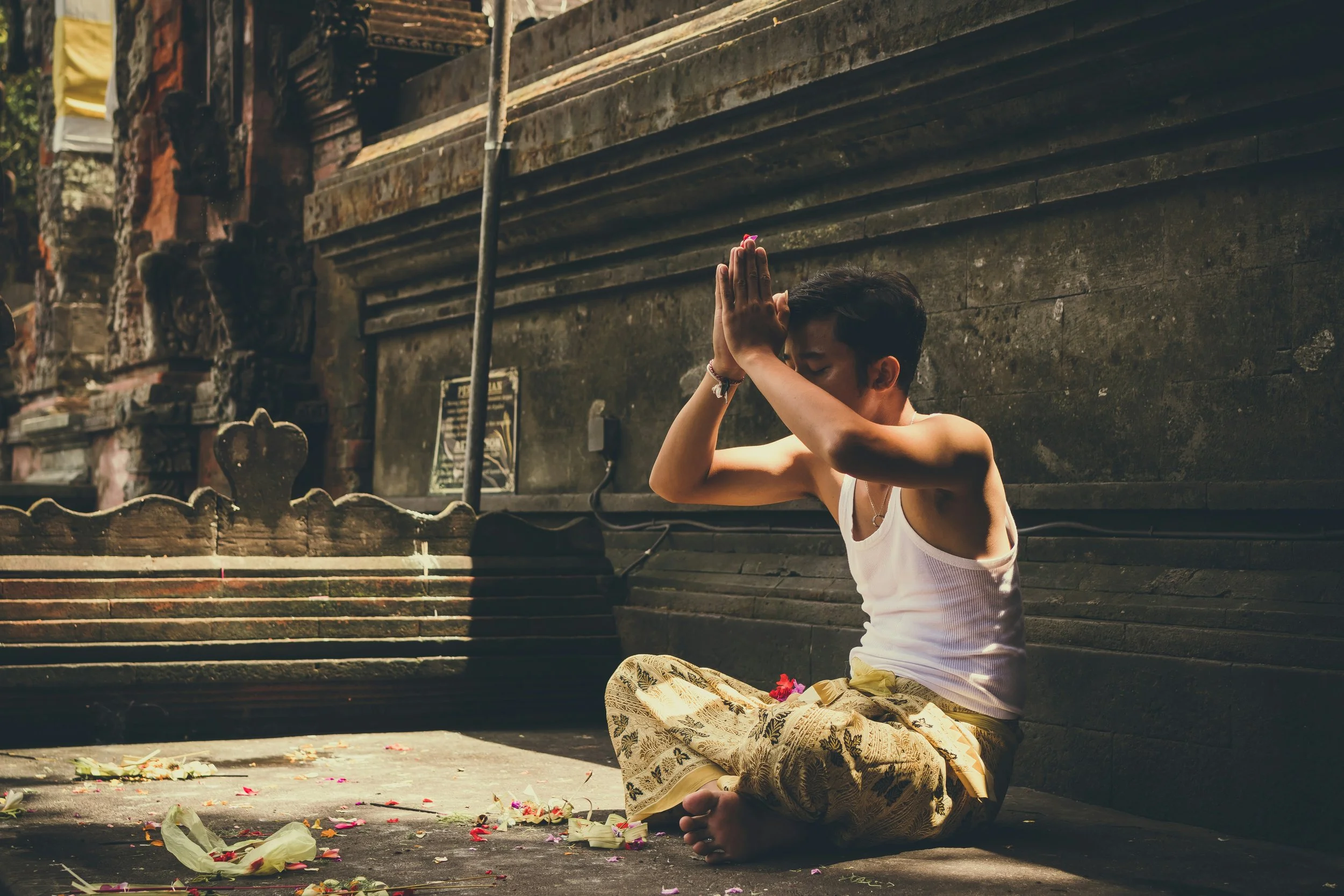Do you know how old yoga is?
Yoga, a practice that combines physical, mental, and spiritual disciplines, has become a global phenomenon in recent decades. But how old is yoga, and where does it come from? The origins of yoga trace back thousands of years, rooted in the ancient traditions and philosophies of India. Its evolution over time has shaped the modern yoga practices we know today.
In this article, we’ll explore the fascinating history of yoga, uncover its ancient beginnings, and learn how it has evolved into the diverse practice embraced by millions worldwide.
The Origins of Yoga
Yoga’s history can be traced back over 5,000 years to ancient India. The earliest references to yoga are found in the Rigveda, a collection of hymns and sacred texts that date back to around 1500 BCE. The Rigveda introduces the concept of meditation and spiritual discipline, laying the groundwork for yoga’s development.
Over time, yoga became more defined as a practice in subsequent texts like the Upanishads (800–500 BCE). These philosophical writings expanded on the spiritual and meditative aspects of yoga, emphasizing self-realization and union with the divine.
Yoga in the Classical Era
The classical period of yoga is marked by the composition of the Yoga Sutras of Patanjali, written around 200 BCE to 200 CE. This foundational text systematically outlines the eightfold path of yoga, known as Ashtanga Yoga, which includes ethical principles, physical postures (asana), breath control (pranayama), and meditation (dhyana).
Patanjali’s work is considered a cornerstone of yoga philosophy, providing a structured framework for the practice and its ultimate goal of liberation, or moksha.
Medieval Yoga and the Rise of Hatha Yoga
During the medieval period (500–1500 CE), yoga expanded with the development of Hatha Yoga, a practice focusing on physical postures and breath control. This form of yoga, documented in texts like the Hatha Yoga Pradipika, aimed to prepare the body and mind for meditation.
Hatha Yoga introduced many of the poses and techniques that are now central to modern yoga. It was during this time that yoga began to emphasize the physical body as a means to achieve spiritual growth.
Yoga’s Journey to the West
Yoga began its journey to the West in the late 19th and early 20th centuries, thanks to Indian spiritual teachers like Swami Vivekananda. Vivekananda introduced yoga philosophy to Western audiences at the 1893 Parliament of the World’s Religions in Chicago, focusing on its meditative and spiritual aspects.
In the 20th century, yoga gained popularity as a physical discipline through influential figures like Tirumalai Krishnamacharya, often referred to as the "father of modern yoga." Krishnamacharya’s students, including Pattabhi Jois (Ashtanga Yoga), B.K.S. Iyengar (Iyengar Yoga), and Indra Devi, played pivotal roles in spreading yoga worldwide.
Modern Yoga: A Blend of Tradition and Innovation
Today, yoga is a global phenomenon practiced by millions. Modern yoga blends ancient traditions with contemporary innovations, offering a wide variety of styles to suit diverse needs. From Vinyasa and Power Yoga to Yin and Restorative Yoga, the practice has evolved into a holistic approach to physical health, mental clarity, and spiritual well-being.
Despite its evolution, yoga remains deeply rooted in its ancient origins, carrying forward the principles of mindfulness, balance, and self-discovery.
How Old is Yoga Exactly?
While yoga’s documented history spans over 5,000 years, some scholars suggest it may be even older. Archaeological evidence from the Indus Valley Civilization (circa 3300–1300 BCE) includes seals depicting figures in meditative postures, hinting at the practice’s prehistoric roots.
Whether yoga is 5,000 years old or older, its longevity speaks to its timeless relevance and adaptability.
Why Yoga’s Age Matters
Understanding the age and history of yoga enriches your practice by connecting you to its ancient wisdom and cultural heritage. Yoga is not just a physical exercise; it is a practice steeped in philosophy, spirituality, and a quest for self-realization that has endured for millennia.
By embracing yoga’s history, we honor the generations of practitioners and teachers who have preserved and shared this invaluable tradition.
Conclusion
So, do you know how old yoga is? With a history that stretches back at least 5,000 years—and possibly much longer—yoga is one of the oldest practices for holistic well-being in the world. From its ancient roots in India to its modern global presence, yoga continues to inspire and transform lives.
Whether you’re stepping onto the mat for the first time or deepening a long-standing practice, remember that you’re participating in a tradition that has shaped human consciousness for millennia.
